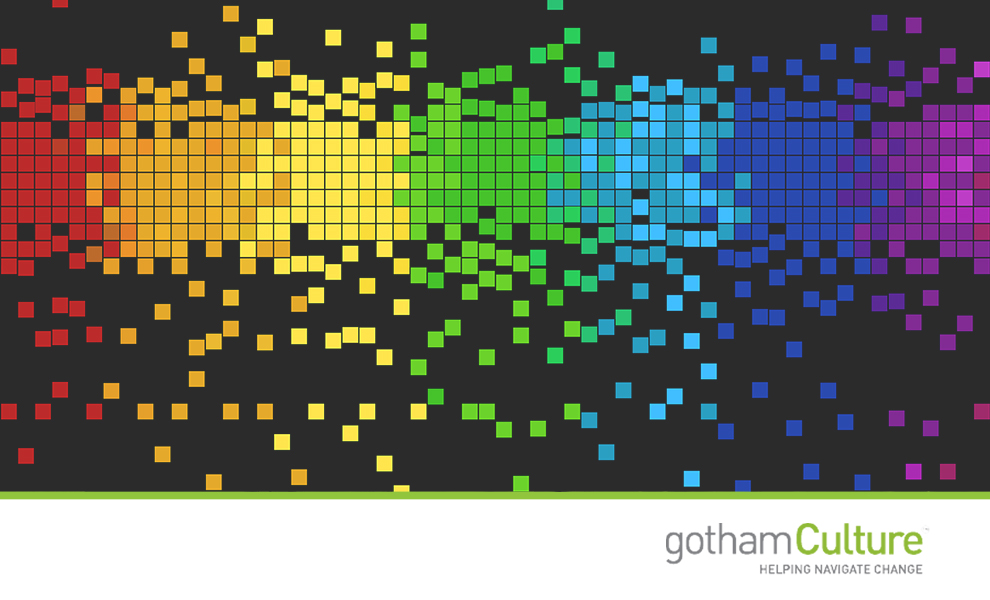We are living in a world of constant change. Rapid technological advancements, the rise of the ‘Gig Economy’, and the changing face of today’s workforce are all putting more pressure on organizations to adapt and thrive in a business environment that never sits still.
To keep up with this ever-changing environment, organizations must remain flexible. The world is changing all around us, and falling into the same old patterns of operating becomes increasingly problematic as time goes on. Sorry to bring the bad news. But don’t worry; there is good news on how to handle this.
One of the challenges of disrupting our patterns, or those of our team, is knowing exactly how to do so effectively. Bad timing or mismatched exercises can do more harm than good. It is, therefore, important to be intentional and thoughtful about how we engage participants. As I mentioned in a previous article about pattern disruption, we achieve best success “when we break past our ‘norms’ and get ourselves into challenges, tasks, or jobs that stretch us outside of our comfort zone.”
How do we apply this in a practical way?
Two Examples of Pattern Disruption
Two successful disruption engagements we’ve supported at gothamCulture provide examples of both short term and long term results. Working with a large human resources organization, we provided an opportunity for human resource professionals to expand their thinking. And one of our large transportation clients benefitted from our delivery style of disrupting patterns, achieving long-term results.
Human resource professionals are bound to a series of policies and procedures that ensure fair and equitable interactions with the internal clients they serve. And their processes for recruiting and retention tend to be standardized and (oftentimes) routine. We were asked to provide a session that would give participants the opportunity to break beyond the normalcy of their processes and learn some new exercises for engaging people. Our Improvisational Comedy in Business practices became the backdrop for an engaging set of exercises that gave these HR professionals a set of tools to leverage.
 That day, hundreds of HR professionals walked away from the session armed with a new set of pattern disrupting exercises, accountability partners and clear actions, and a renewed sense that they were not alone in their challenges. An example of one practice we used can be found here.
That day, hundreds of HR professionals walked away from the session armed with a new set of pattern disrupting exercises, accountability partners and clear actions, and a renewed sense that they were not alone in their challenges. An example of one practice we used can be found here.
As part of a large-scale engagement with a transportation client, we developed and facilitated a year-long Leadership Training effort. The curriculum included a number of exercises designed specifically to get our client participants past their comfort zone and into multiple learning opportunities. Some of the exercises were focused on trust, while others worked on leadership acumen and emotional intelligence.
The most impactful and potentially most sustainable set of exercises gave participants an opportunity to engage with their colleagues and support the long-term strategies of the organization. As a result, these maturing professionals engaged in highly disruptive activities and then worked in partnership with each other to develop goals for their departments. Over time, these leaders have worked on further developing their goals and sustaining change in the organization.
Building Resilience
People are creatures of habit. We tend to latch on to what we know and where we’re most comfortable. And when change occurs, whether by internal or external forces, people are prone to resist. Your employees will likely experience the 5 stages of grief while the change is occurring.
What I’m saying is, change is hard. But you can take steps to prepare your organization.
When people are pushed to think outside their normal patterns, they become more resilient, and change becomes much less threatening. Pattern disruption is an important tool for preparing your people for this world of constant change by building resilience in the face of an uncertain, ever-changing business environment.

